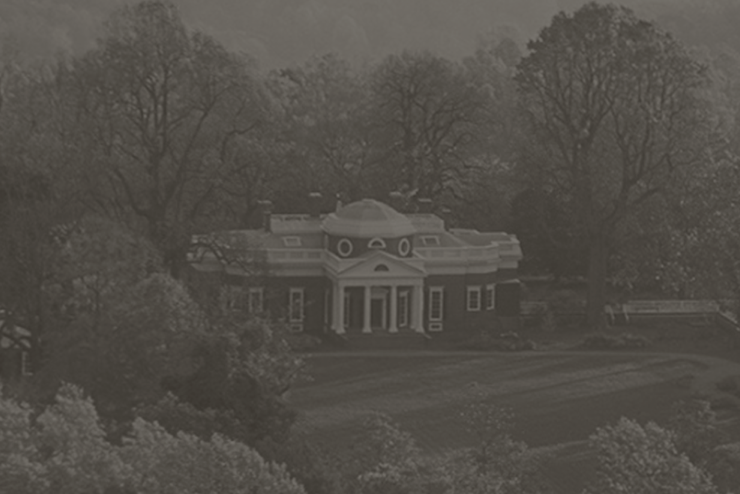Monticello Blog
-

Maintaining your garden in the summer months can require serious determination and stamina, especially here in Virginia where the high temperatures, humidity, mosquitos, ticks, and chiggers conspire to chase the well-meaning gardener indoors to relax in the air-conditioning with a nice cold glass of iced tea.







